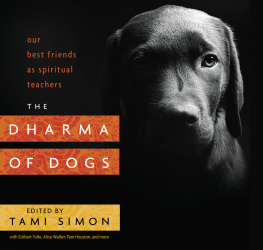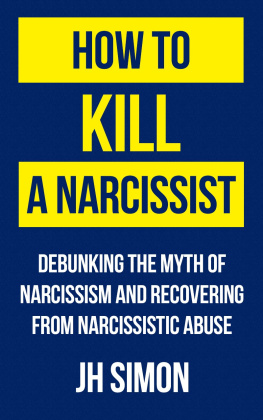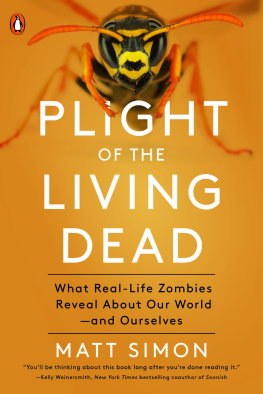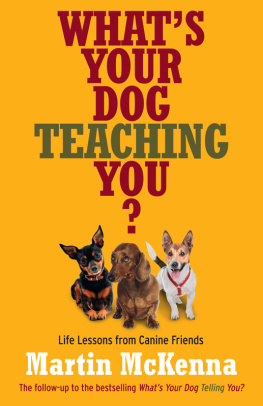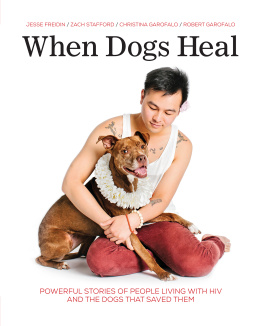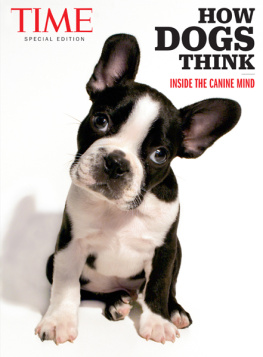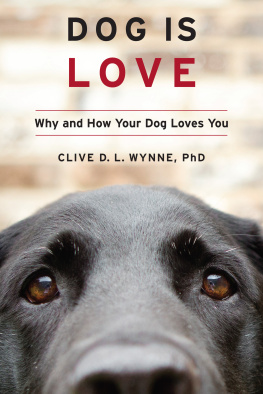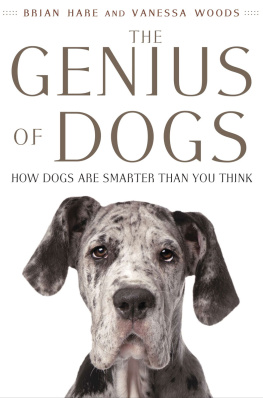
Contents

Jasmine
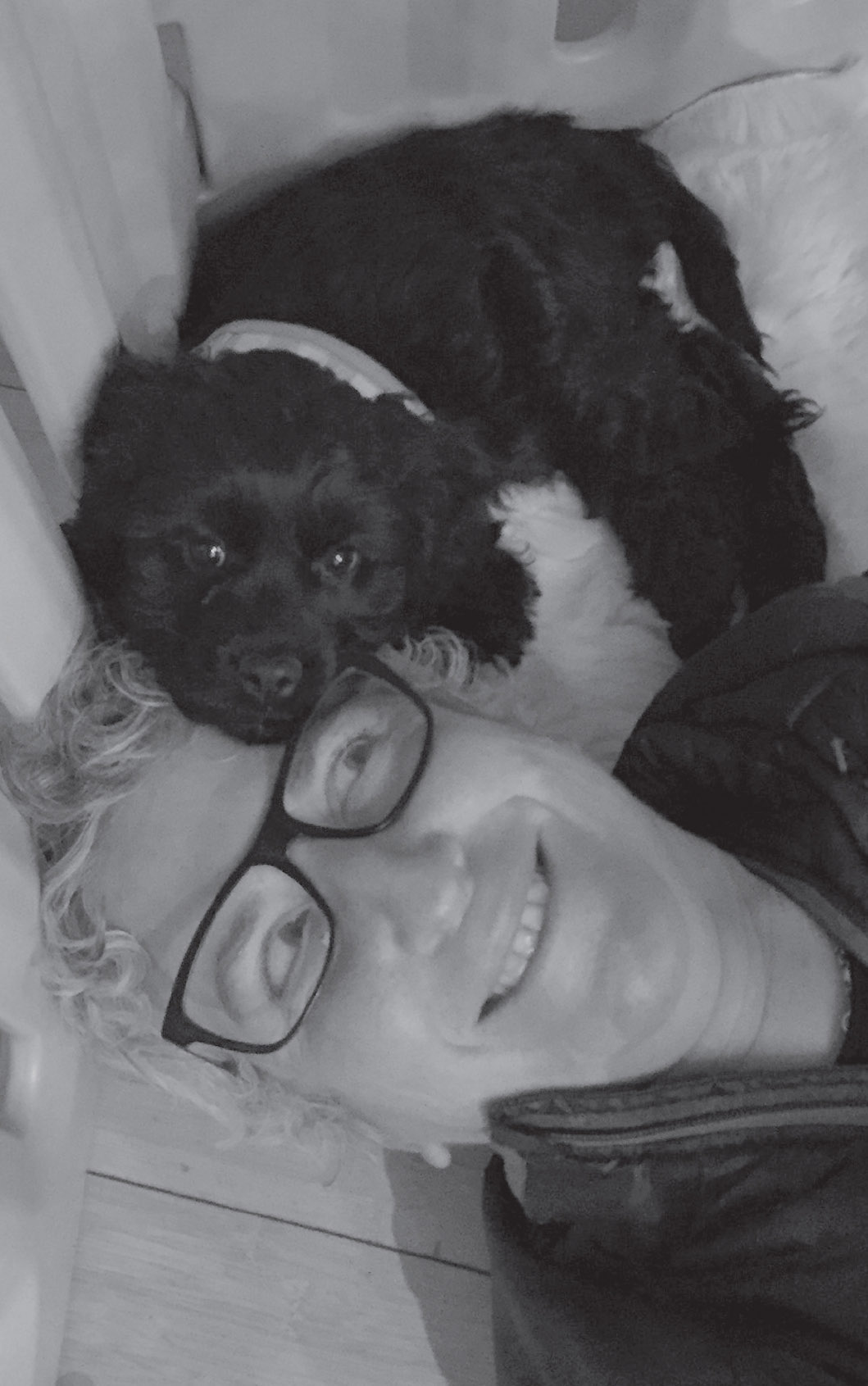
Raspberry and Tami
Introduction
Tami Simon
A s a young person, I often felt like an alien who was somehow deposited on planet Earth. From the outside, people couldnt tell if I was a boy or a girl (or so they said), and on the inside, I wasnt even sure I was human. Humans seemed so coarse to me, and the world barbaric. I took refuge in ideas and literature and kept my sensitivity and heart locked away in a very secret place.
Many years later, after dropping out of college, traveling to Asia to study meditation, and starting a publishing company called Sounds True, I met Jasmine, a tall, blonde, floppy-eared cocker spaniel. I was thirty-nine years old. By that time, I had found meaningful work and a certain expansive quietness in the practice of meditation. I had also been in several intimate relationships that didnt quite take root. I knew how to meditate, work long hours, and talk about ideas. I didnt yet know how to feel connected and at home on Earth.
Jasmine became a heart teacher and healer for me (one of her nicknames was Dr. J). She wiggled her way right into the center of my heart, breaking through the outer protective shell, and she left accompanied by a huge heart-level combustion that forever changed me.
Jasmine came into my life along with Julie Kramer, who has been my partner in love for the past fifteen years and is now my wife. In many ways, my love with Jas (pronounced Jazz) paralleled and was deeply connected to my love with Julie. They both moved from British Columbia to Boulder to live with me just a few weeks after Julie and I met. Their arrival heralded a turning point.
Jas was three years old at the time, and not particularly well-behaved. However, she quickly sensed the new love configuration and seemed determined to win me over. And win me over she did. How did this piglet with a halo (another one of Jass many nicknames) do it? How did she crack a shell nearly four decades strong?
It was the constancy of her love.
Jas followed me everywhere, and her heart-light was always switched to on, maintaining a connection with me. I could feel her around even when we werent together. To say she was devoted is an understatement. She followed me into every room. (It always amazed me that even when she seemed fast asleep, and even in her old age with total deafness and partial blindness, if I tiptoed out of the room, trying to not disturb her, she would immediately wake up and follow me.) Jas had extrasensory sensors, and they informed her how to fulfill what appeared to be her life mandate, which at all times was to stay close and connected.
Although Jas came into my life as Julies dog, she soon became our dog, and I started bringing her to work with me at Sounds True. We have a dog-friendly policy such that all well-behaved dogs (and cats and birds, for that matter) are allowed to join their human companions at work. On any given day, there might be one hundred employees at Sounds True along with fifteen to twenty canines, a feline, and occasionally a parakeet or two (obviously kept in separate offices).
Within no time, Jas started coming to work with me every day. From the time Jas was three to the time she was seventeen, she was by my side at Sounds True. At one point, I commented that she started to feel like a third leg because I always felt her with me.
Jas was a continual source of inner brightness for me. She didnt have to do anything or even not do anything to be such a source. All I had to do was look at her. How did this blonde, floppy-eared cocker spaniel have such an effect on me, even if she was just sleeping or looking out the window?
I think it was, quite simply, the power of her heart. The power of Jass heart activated mine. Her constancy was a sun that melted my guard. Coming into relationship with her devoted dogginess made it safe for me to feel my humanness.
Jas lived to seventeen years of age. Toward the end of her life, she was on a host of Chinese herbs and received acupuncture once a week. I would have done anything to keep her alive longer, but at a certain point she developed a brain tumor and it was (more than) obvious that it was her time to leave. When we gave her the injection that would soon stop her heart, Julie, who is a shamanic practitioner, played her frame drum and whistled and sang with the most beatific look on her face, like she was accompanying Jas on some type of ecstatic journey. I, on the other hand, was crumpled over Jass body wailing and sobbing. I was not spiritually detached. I was earthly attached to this beautiful body that had warmed the parts of me that were cold, that had befriended me in a way that no one else ever had.
Historically, detachment has been easy for me, to lean back and observe and know that everything is a flow of impermanence. But this was something different and new, and I gave myself totally to the experience. What I found was that the utter heartbreak that I felt around the loss of Jas opened a gateway in me a red-hot, aching gateway that showed me the kind of courage it takes to love with all my might, and to experience loss.
Fueling my spiritual search from a young age was a very simple human desire to feel connected, to feel like I belong to earthly existence. Jas, with her pure dog heart, was an emissary of the earth. You could say also that she was an emissary of the dharma, of the universal teachings about love and generosity and goodness. Through her devotion and friendship, she offered me a way home, a way to be here, instead of defended against the pain of being here. She gave me the gift of breaking my heart so I could land on my feet and offer and receive a full embrace.
A mentor of mine said, The human heart is the only organ that grows stronger through being broken. Jass death broke my heart, and in the best kind of way. It broke my heart open to loving mightily and losing and then wanting to love mightily again.
For some of us for people like me dogs carry a certain medicine, a certain set of healing powers and properties that are unique to them and to their species. Loving and losing Jas and working in close proximity to a menagerie of dogs each day, it became apparent to me that dog medicine has certain particular qualities that certain humans need and cherish. What is that medicine and how can we know it and describe it?
Another way to ask this question is, What is the dharma of dogs? In Indian philosophy, each one of us is said to possess a particular dharma, a particular purpose and work in the world that is unique to us and of benefit to others. Might there be a dharma of dogs a particular way that dogs express their innate gifts and fulfill a certain purpose in relationship with human beings?
This is the question that we posed to thirty-one different writers and spiritual teachers in The Dharma of Dogs. From how to just be, to teachings on naturalness, play, impermanence, joy, devotion, and loving and losing and loving again, we learned from the contributors how valuable and life-changing the relationship with a special dog can be. We have also included photos of the contributors and their canine companions because sometimes the essence of a friendship can best be communicated visually, by our facial expressions and how we are together, not just in words.
And by the way, I have a new dog in my life. Her name is Raspberry (although she most often goes by one of her nicknames: Raz (sounds a lot like Jas, huh?), Razzle Dazzle, the Dazzler, or most commonly Razcal. She is a one-year-old, black, curly-haired, mischievous, twenty-two-pound spoodle half cocker spaniel, half poodle. I am still getting to know her and her particular dharma. For one thing, she is an extrovert (Julie and I both are not!), and she seems to revel in getting us to get off the couch and chase her (because she has a shoe or my reading glasses or a pen in her mouth) and take her to the dog park to play with other dogs (where I am asked to interact, oh my, with other humans and make small talk). Maybe she will teach me how to connect with others in a relaxed and easy way? That would be quite a teaching.
Next page
